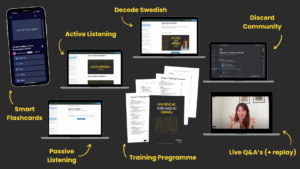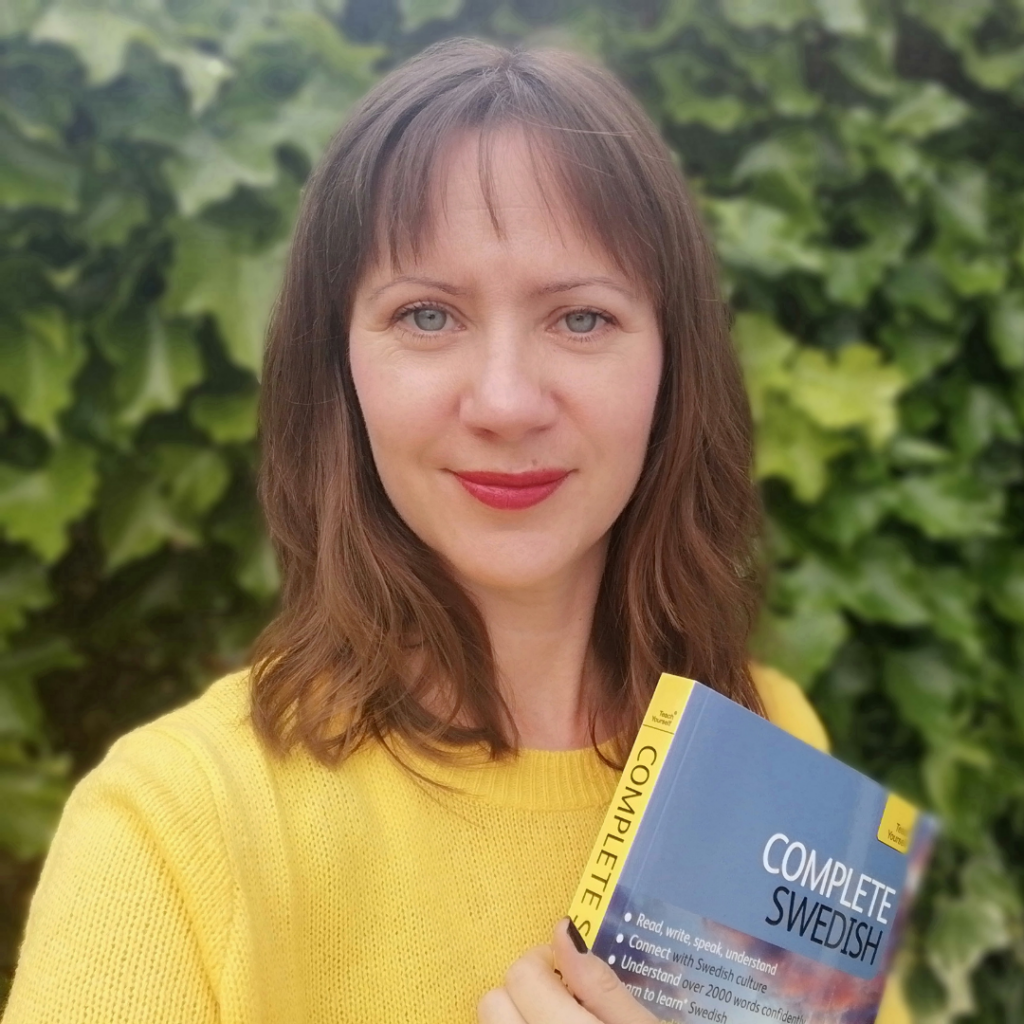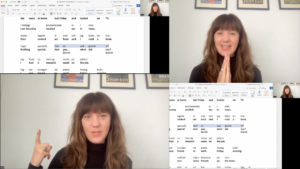One of the most difficult aspects of learning a language is keeping up your motivation. So many of my students go through patches of lacking in motivation, and when you do it is easy to fall out of routine altogether, coming up with reasons not to learn (too much on at work, not enough time, etc), and the learning process might even grind to a halt completely.
In this blog post, I wanted to talk a bit about motivation and give you some hands on tips on how to stay motivated. You can also access our Learner Toolkit to spark your motivation at the end of this blog post.
Internal vs external motivation
Internal motivation is basically enjoyment. It is the satisfaction of making progress, enjoying the learning journey, feeling curious and open, enjoying learning new pieces of information, feeling satisfied when understanding something tricky.
External motivation is some kind of reward, which could be real or symbolic. It could be achieving good results in a test, it might be the prestige in being fluent, or the rewards in being able to communicate with extended family and friends perhaps. The issue with external motivation is that it can lead to a situation where learners are learning even though they don’t actually enjoy it. It is therefore better to focus mainly on making sure your internal motivation is nice and strong!
How can we work on our internal motivation?
1. Make positive associations
Connect Swedish with your other interests. If you like politics, read the news headlines on dn.se or svd.se. Now is a particularly interesting time in Swedish politics, following the general election. Are you interested in history? Look into the history of Sweden. Like baking? Learn how to bake cinnamon buns, and translate a recipe from Swe to Eng. If you like music, research music with Swedish lyrics and try and translate them, and of course – sing along! I have a playlist on Spotify that you can have a look at: http://open.spotify.com/user/browwn/playlist/1ielXWVCjGa7cvYad7xWPc
Also try and associate learning Swedish with your favourite activities and places. Put a Swedish podcast on when you’re running, for example. Watch movies and tv series in Swedish. Look at youtube for Swedish clips. Go to sr.se (Swedish radio) and listen live or download a podcast. The channel P1 is news, current affairs, debates and culture. P2 is classical and jazz music. P3 is pop music and programmes for a younger audience. P4 is local radio stations. It’s worth checking out the programme Klartext, which is a daily news bulletin in easier Swedish (shorter sentences, reduced vocab). There is also a brilliant app for smartphones, called SR Play.
2. Don’t give up
You need a holistic and realistic view of the learning process. Many language learners start out with high hopes for achieving fluency fast, but their enthusiasm quickly dips when they find themselves making the same mistakes again and again, and maybe speak in an (often self-perceived) embarrassing accent.
This is definitely not the time to throw in the towel and admit defeat! These errors are 100% normal and actually a part of the progress. It is therefore EXTREMELY important to remember this:
Language-learning errors are not a negative reflection on your intelligence!
Instead, learn to love your errors. They are your friends, they bring you step by step closer to fluency and confidence. Smile, and learn from them.
3. Remember why you started
Was it to be able to speak more with colleagues at work? Or with your in-laws? Or to be able to at some point move to Sweden? Or to be able to speak like Saga Noren in The Bridge, just because it’s a cool thing to be able to do? Or because it’s cooler and more unusual than just learning Spanish or Mandarin?
Remind yourself now, maybe even write yourself a little e-mail to yourself with http://m.futureme.org/ to remind yourself in 6 month’s time.
4. Explore ways to monitor progress
The thing with learning in general, is that it’s hard to sense progress. This is because of something I call “Moving Goal Posts”. Just as you have mastered one grammatical aspect and feel quite pleased about that, you turn a page and realise a whole damn new section that you didn’t even know before! The goal post is constantly moving. As Einstein himself said: “the more I learn the more I realise how little I know”. This is completely as it should be, it’s part of learning.
However, what is worth doing, is to capture your level at certain points, so you have something to compare with. If you are following some kind of course, this will probably be included anyway. Writing exercises that you can look back at in 3 months time. Why not make a short audio recording on your mobile phone or computer? No one needs to know, but you can go back in a year’s time and see how much you have progressed.
5. Consider not having a schedule
I know it may seem sloppy or disorganised somehow in our society to not have a schedule, we are extremely goal oriented as a society. The problem is that having a too strict schedule can make learning a language into a chore. Chores = boring = less internal motivation and less likelihood to succeed.
Learning a language is a bit like going to the gym. You won’t notice immediate effect, and you’ll have good days and bad days. You can’t just work out like mad for 6 months and then go couch potato for 2 years and expect the same level of fitness throughout. But if you work on it regularly, you will notice a difference over weeks and months. Expecting quick improvements is to expect too much from your brain, it’s simply unrealistic. Learning a language is more like a marathon than a sprint, and remember that a flood is made up of raindrops!
Some more useful tips:
- svt.se (Swedish television, some programmes are available outside of Sweden)
- TV4play and Kanal5play for smartphones
- 8sidor.se (notice especially their “Lyssna” feature in the left-hand side menu)
Access my FREE Language Learner Toolkit here.






